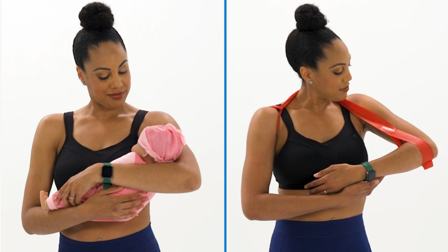This course will teach you how to identify movement patterns, faulty alignment, and muscle imbalances in the lumbar spine by analyzing patient movement. You will learn how to use components of the movement system to classify patients with mechanical low back pain. Based on movement classifications, you will utilize corrective exercises to restore normal patient movement.
Description
Chapters & Learning Objectives
1. Introduction to The Movement System
This chapter describes the background and history of Shirley Sahrmann and colleagues, who are the developers of the movement system impairment (MSI) model. Dr. Vagy introduces the concept of directional susceptibility to movement (DSM). You will learn how repeated movements and sustained postures change tissues and movement patterns, causing a joint to develop a susceptibility to movement in a specific direction. You will then learn how to integrate the MSI model into the International Classification of Functioning (ICF) model to create a comprehensive model for physical therapist practice. This chapter also introduces the concept of relative flexibility and its relationship to aberrant movement in the lumber spine. You will learn the reasons why vertebral joints move more readily during motion that should be occurring at adjacent body regions and how this relates to the concept of directional susceptibility to movement (DSM).

2. Excessive Lumbar Flexion
This chapter will introduce the MSI syndrome of lumbar flexion. You will learn the primary movement assessment tests to identify a patient who fits into a lumbar flexion syndrome. This includes primary tests of active lumbar extension, prone hip extension, prone knee flexion, and prone arm and head lift. Based on the results from movement assessments, you will learn corrective exercises to treat the identified movement impairments.

3. Excessive Lumbar Extension
This chapter will introduce the MSI syndrome of lumbar extension. You will learn the primary movement assessment tests to identify a patient who fits into a lumbar extension syndrome. This includes primary tests of active lumbar side bend/rotation, seated hip flexion, supine hip external rotation/abduction, and prone hip internal and external rotation. Based on the results from movement assessments, you will learn corrective exercises to treat the identified movement impairments.

4. Excessive Lumbar Rotation
This chapter will introduce the MSI syndrome of lumbar rotation. You will learn the primary movement assessment tests to identify a patient who fits into a lumbar rotation syndrome. This includes primary tests of active lumbar flexion, seated knee extension, supine hip and knee flexion, and quadruped rock back. Based on the results from movement assessments, you will learn corrective exercises to treat the identified movement impairments.





